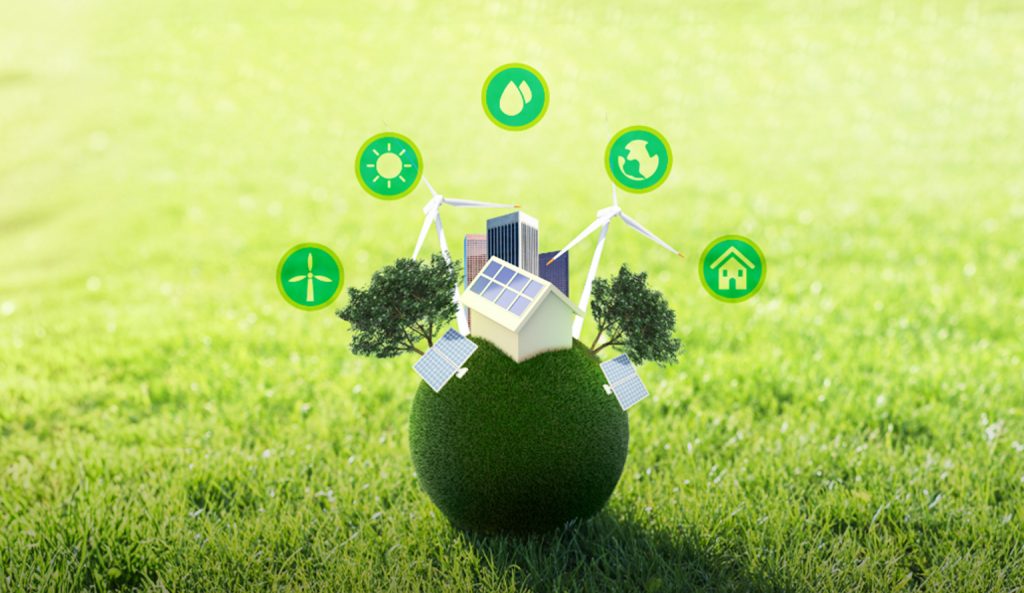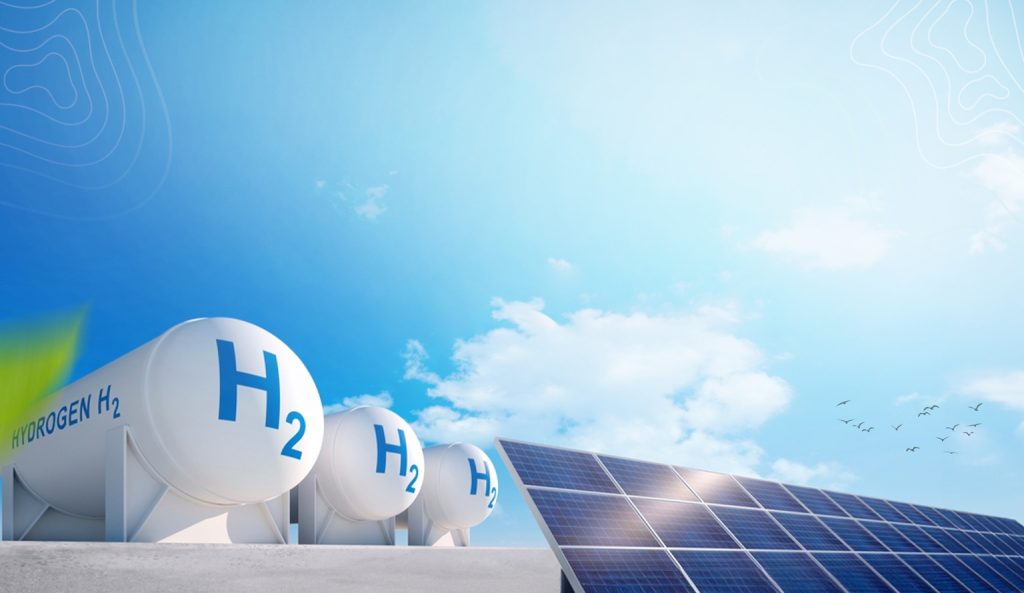6 Types of Renewable Energy Forms and How They Work?



India stands at a critical energy crossroads, with renewable energy capacity reaching 220.10 GW by…
Jakson GroupJuly 11, 2025


